Editor Note: On Friday, Washington College Interim President Jack (Jay) Griswold released the following letter to Mayor Chris Cerino and other town officials outlining Washington College’s strategic vision and anticipated capital projects over the next ten years. This highly anticipated document, including recommended changes to the Town of Chestertown’s Comprehensive Plan are reprinted here in its entirety.
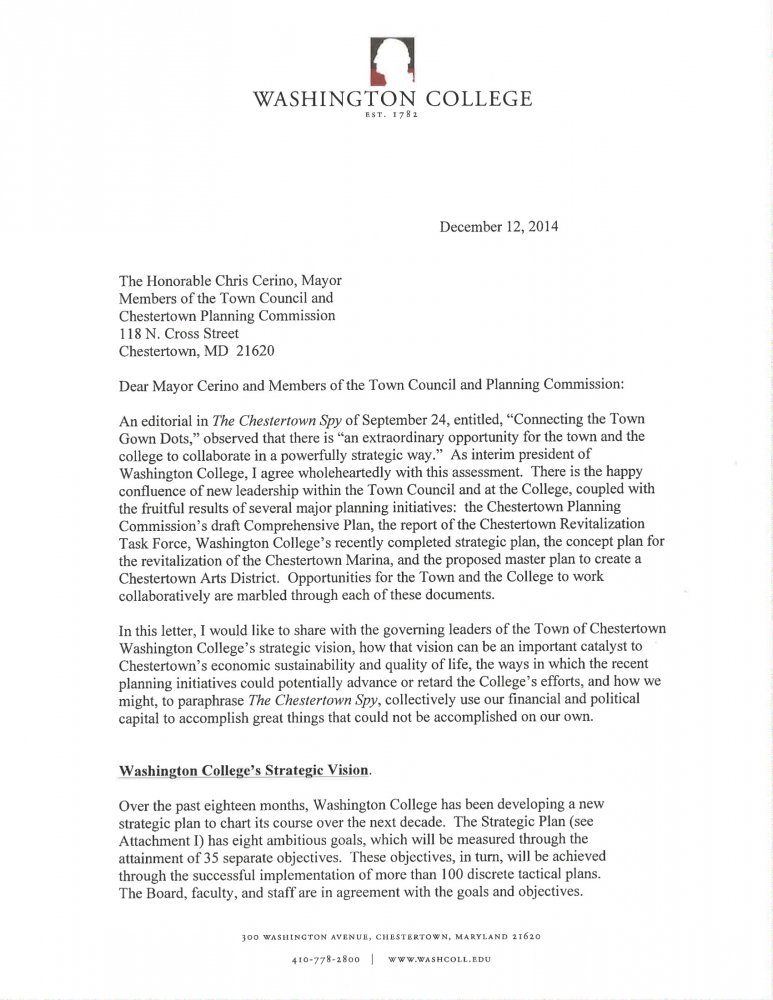

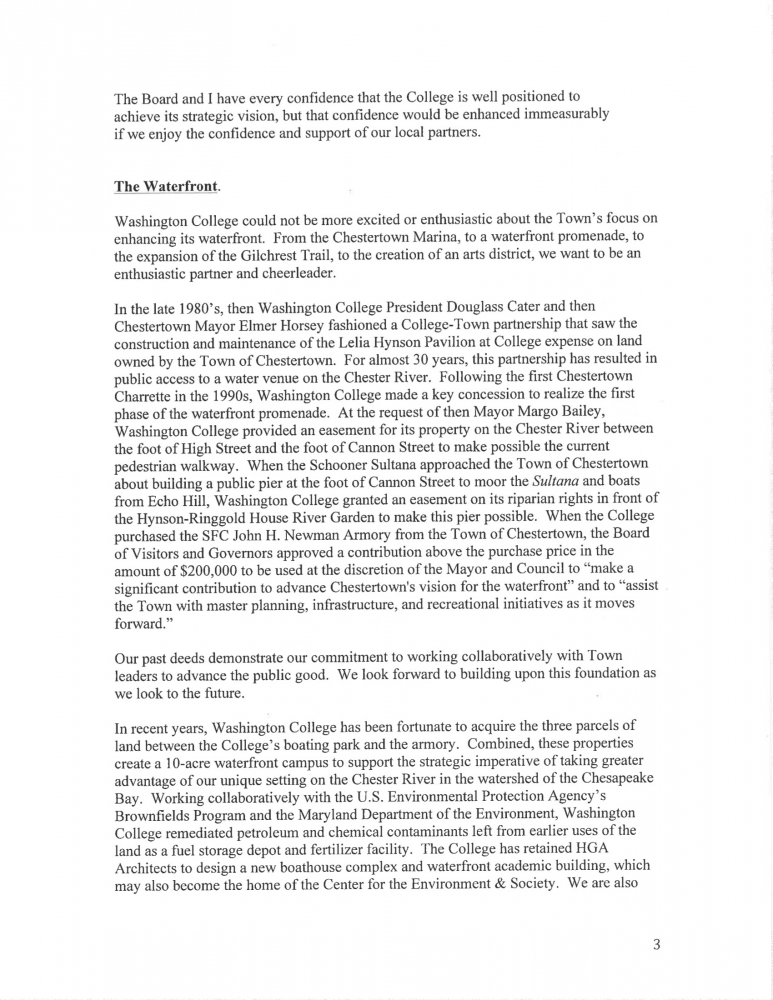

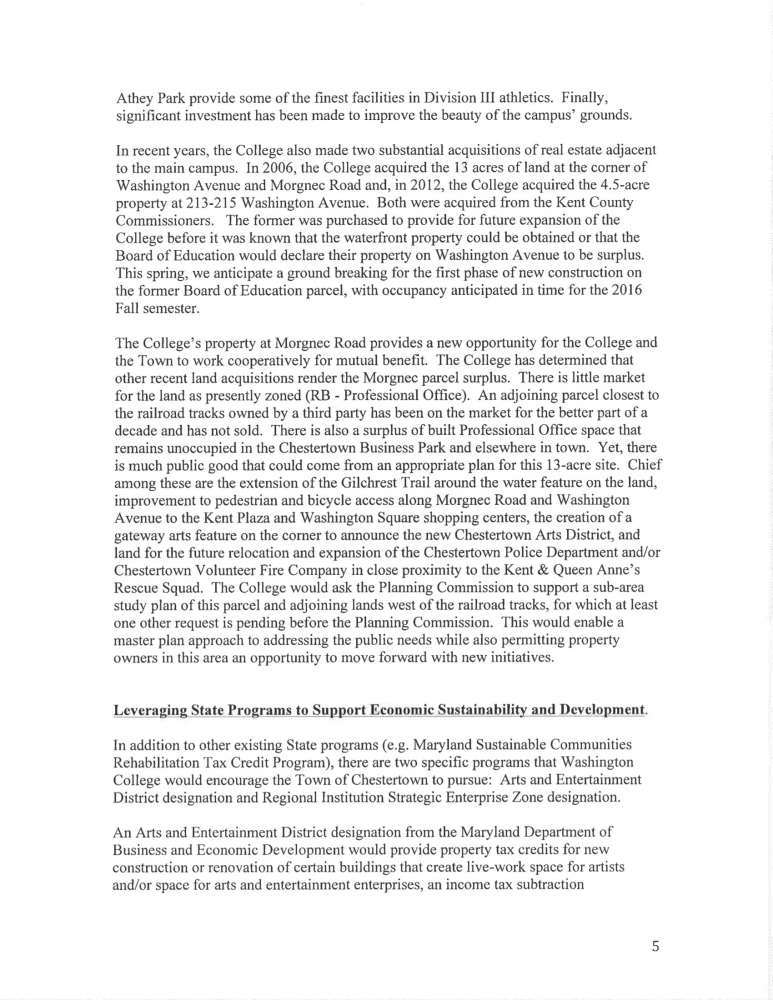







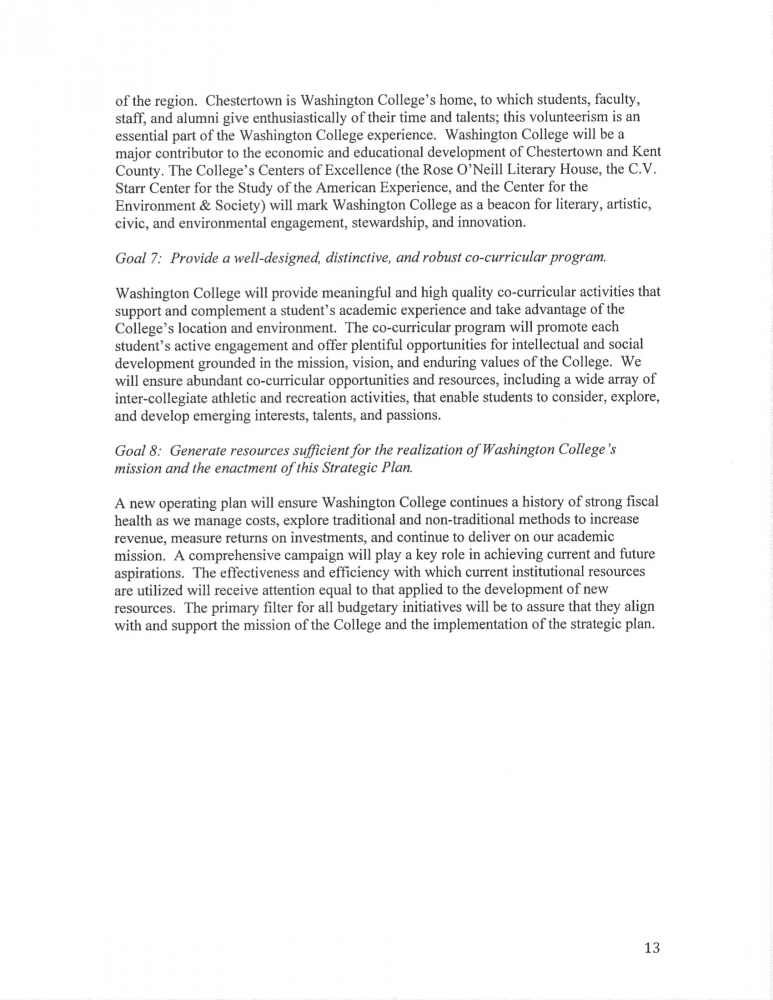


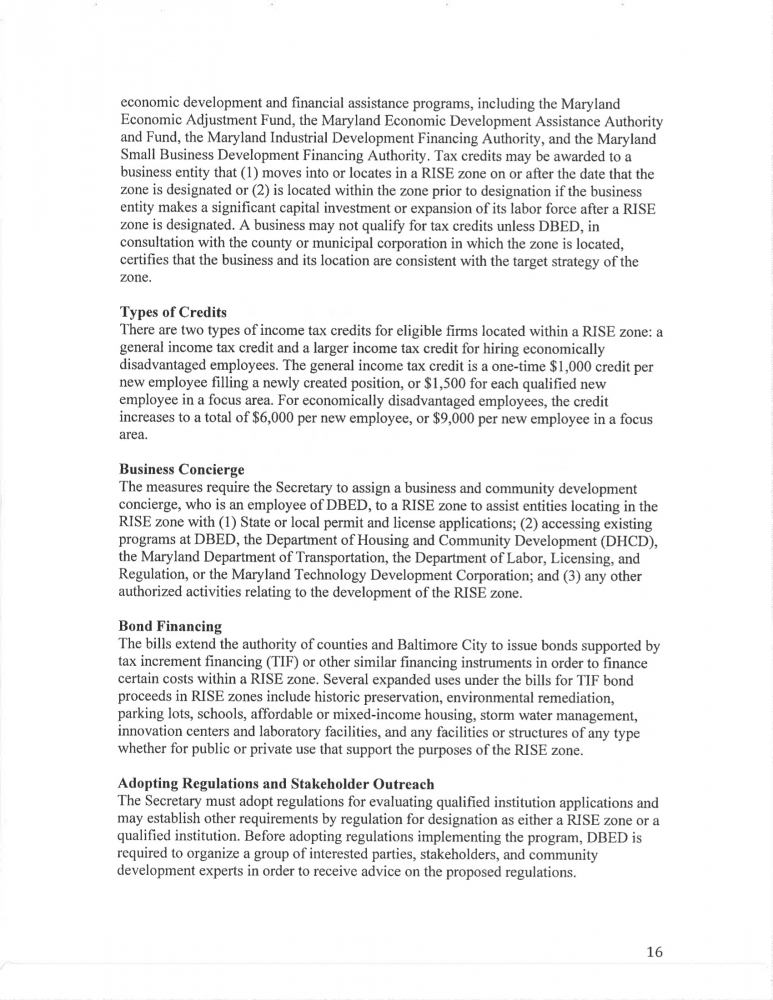



Holly Geddes says
This is a very interesting article. One significant item is the discussion about the difficulty the College perceives in terms of C-2 zoning in the waterfront and Stepney Manor areas in town.
I see this as a more broad stroke issue. There are so many small zones in the center of Chestertown created to reflect the current situation. The problem is that the town was not developed with zones in mind. Early in the history, folks had businesses in their homes and in the shops next door. Houses and shops were built side by side. This is clear to see in the top half of the 300 block of High Street. This mixture has worked well in many small towns for over 200 years. It can continue to work to the financial advantage of the town and the property owners.
Over time, it became clear that there were design advantages to locating shops in buildings with large windows and recessed doors. The architecture in the center of town reflects this understanding. The businesses that work well in what looks like a house are professional, like lawyers or consultants. Retail businesses do not usually flourish in buildings that do not have the above design elements.
I truly think that the downtown, Including the Stepne Manor area would benefit by the creation of a Historic District Mixed (HDM) zone. It would eliminate the need for so many jigsaw pieces of zones as we currently see in town. It would permit buildings to be used as they were designed. (This is a goal stated in the literature of the Historic District Commission.) It would give flexibility to those who design the Stepne area to create a useful and pleasant addition to the town. It would allow owners the freedom to gain financially to the best ability of their properties. I propose that this zone extend from RT213 west through Stepne Manor to include the shopping center where Dollar General in now located. It should also include both sides of Spring Street, Park Row, the 200 & 300 blocks of High Street and Cannon Street as well as both sides of Cross Street out to the Armory.
Many other towns and cities have these districts. Annapolis, Tacoma Park, Baltimore, and Mt. Airy are some examples. Gaithersburg has two, one for The Kentlands which is a national exemplar for development of new towns and villages. (I certainly hope that as Stepne Manor is developed, that the
architect investigate The Kentlands). The HDM could also be used in other parts of Chestertown, especially those sections not yet developed.
Mike Waal says
It is good to read the College is excited and enthusiastic about the Town’s focus on enhancing the waterfront.
No doubt, the College is therefore aware of the challenge facing the Town in finding a lump sum amount of $4,000,000.00
for the completion of the Town’s all-inclusive marina and waterfront park projects.
It is fascinating to read, as well, that the College forecasts little trouble in funding its growth aspirations
with the successful implementation and execution of a comprehensive fund raising campaign in the hundreds of millions of dollars.
I truly wish the Town could be as successful. I am genuinely not in favor of a $4,000,00.00 Line Item in the States’
already challenged budget. This is a Chestertown project, not a Maryland Tax Payer project.
I was thinking since the Town’s chances of acquiring a lump sum $4,000,000.00 from the State are probably less than 50/50,
somewhere between slim and none, as a result of the State’s $300,000,00.00 2014/2015 budget shortfall,
and $500,000,00.00 2015/2016 shortfall, could the College help out?
It would seem there are small buckets of money available from various State and Federal agencies within their existing budgets
that can help the Town towards its objective. These agencies are more than willing to help the Town achieve success.
Albeit, these monies would be obtained by the Town in incremental amounts, spread out over who knows what kind of time period.
It would be truly difficult and significantly complex, if not totally problematic to try to accomplish obtaining all of the funds from all of the agencies
together in one lump sum for the completion of this all-inclusive endeavor.
Could the College, therefore, help out with either an outright gift to the Town in consideration of the significant changes the College is requesting
of the Town’s Comprehensive Plan draft text? Or, could the College provide a “Bridge Loan” to the Town, interest free of course, to allow the Town
to accomplish its waterfront project, to be paid back when the Town would receive the various State and Federal agencies’ financial support?
It might be something the Town and College should explore as the waterfront project is a focal point and spotlight of both entities.
Mike Waal
Tolchester Heights